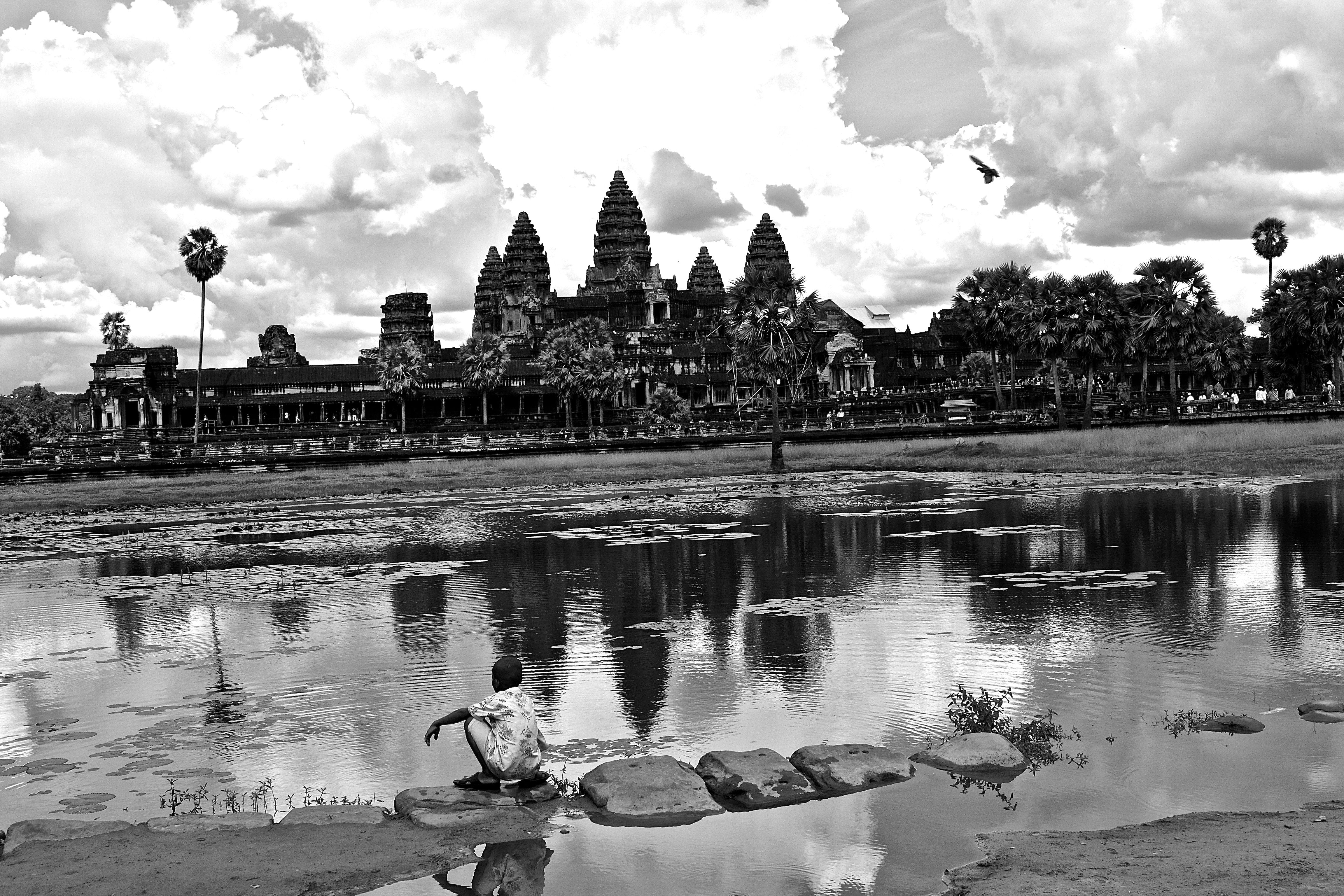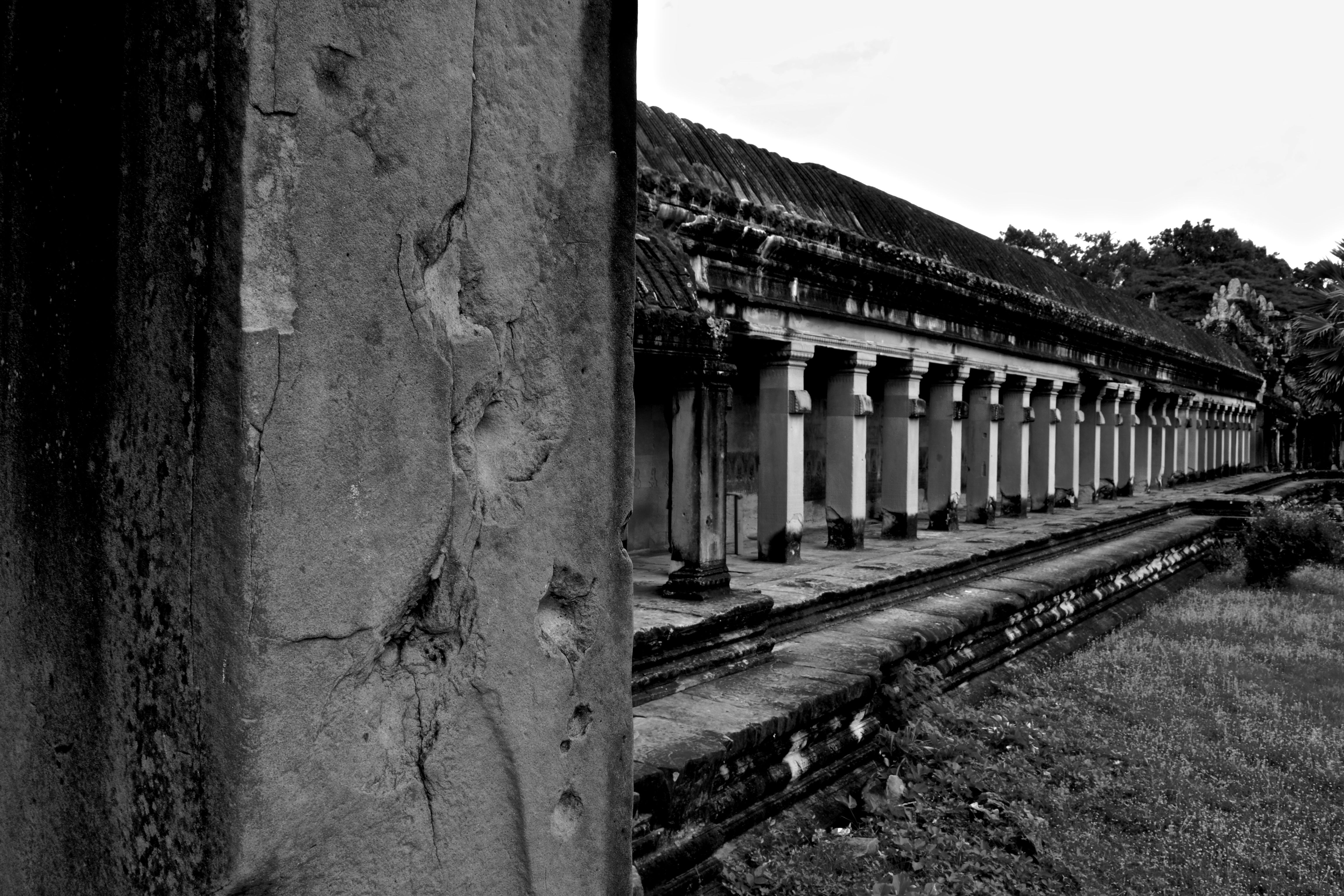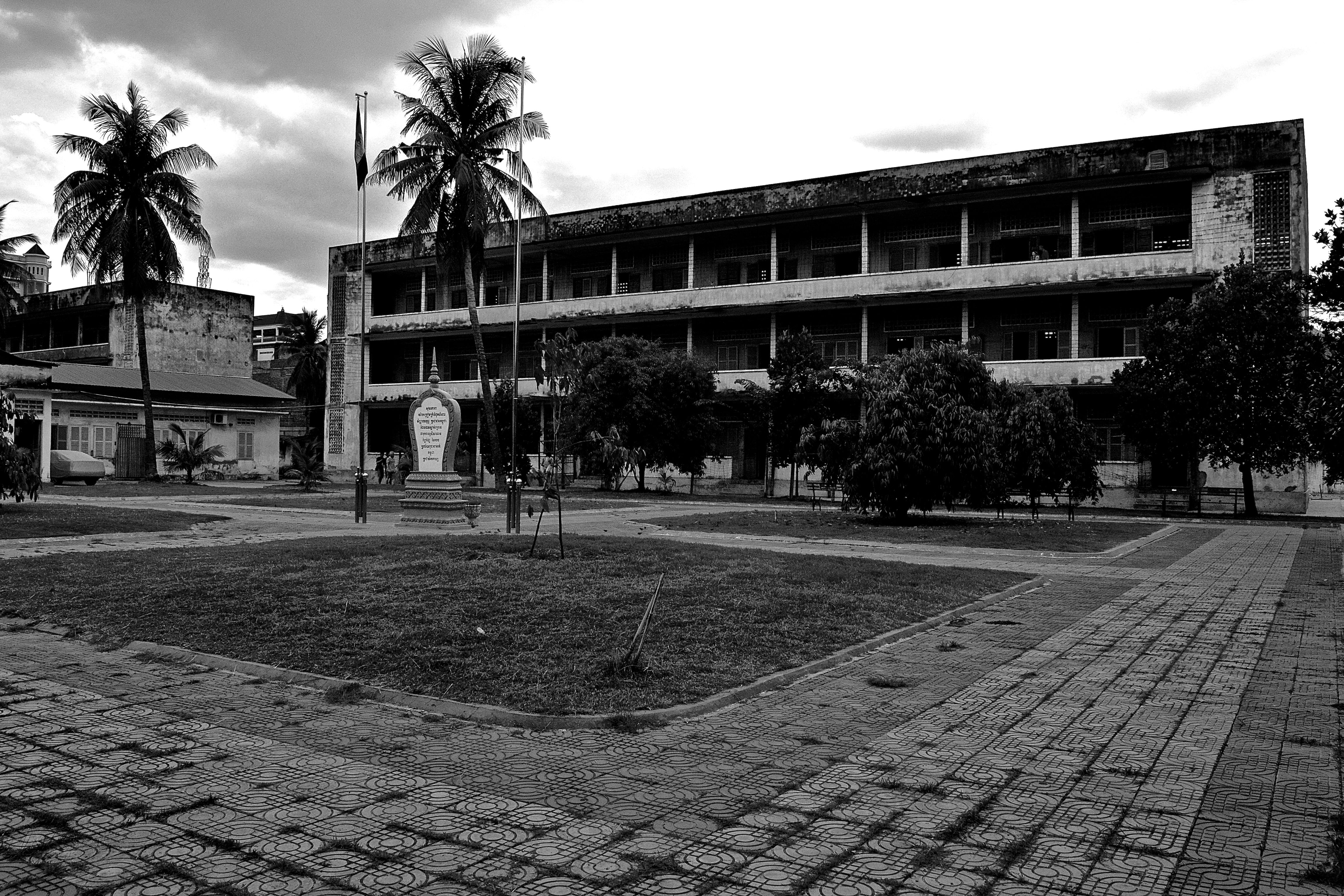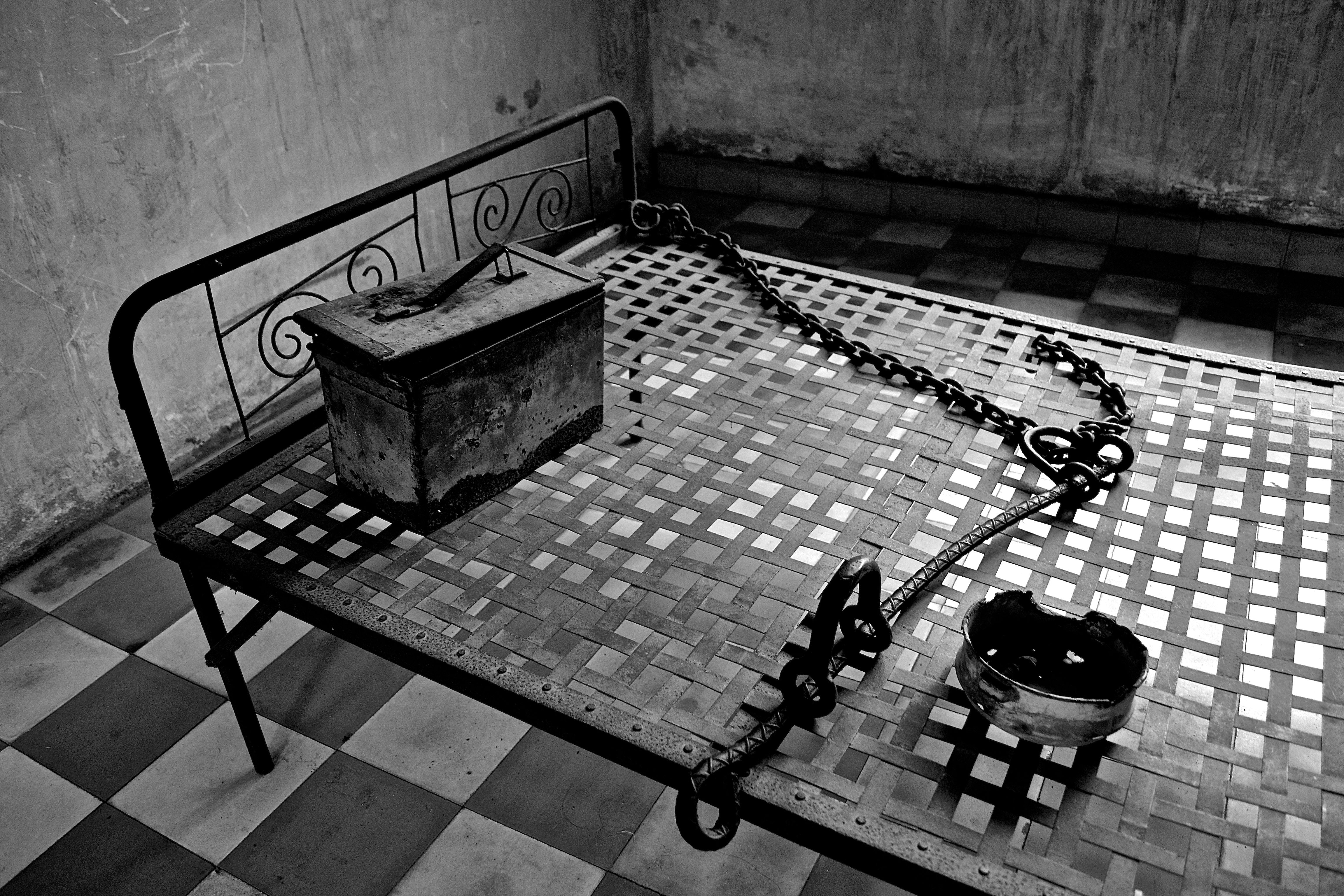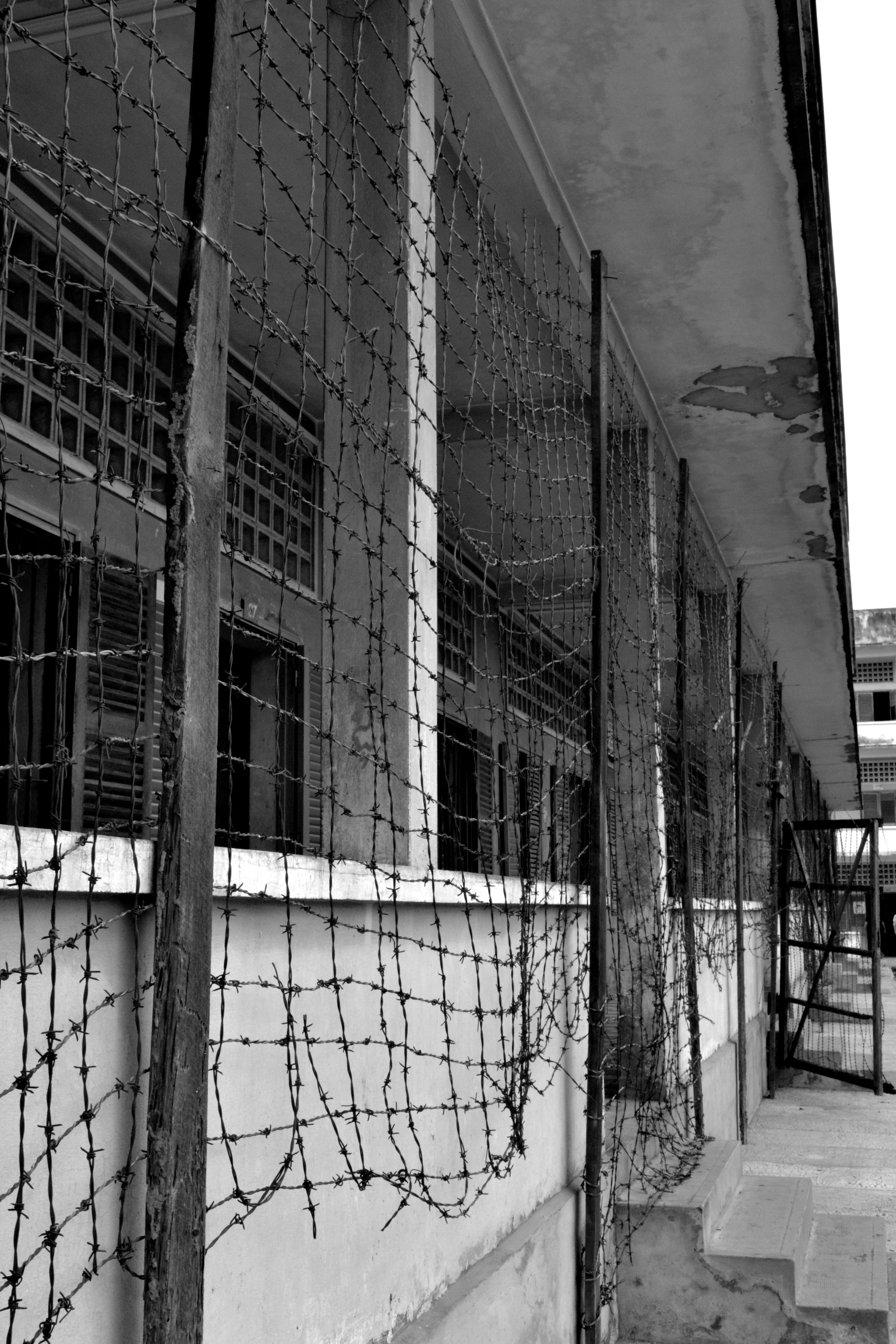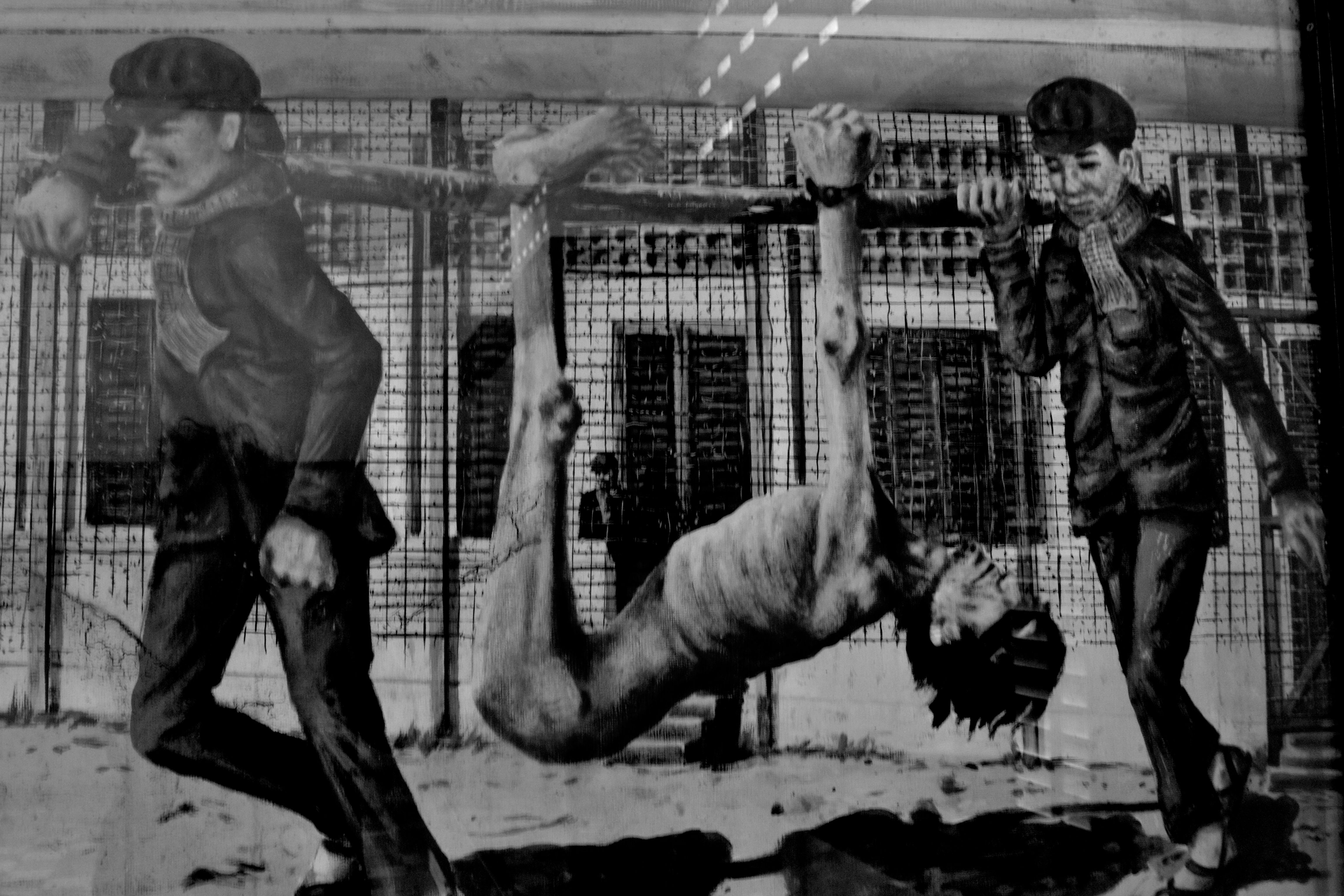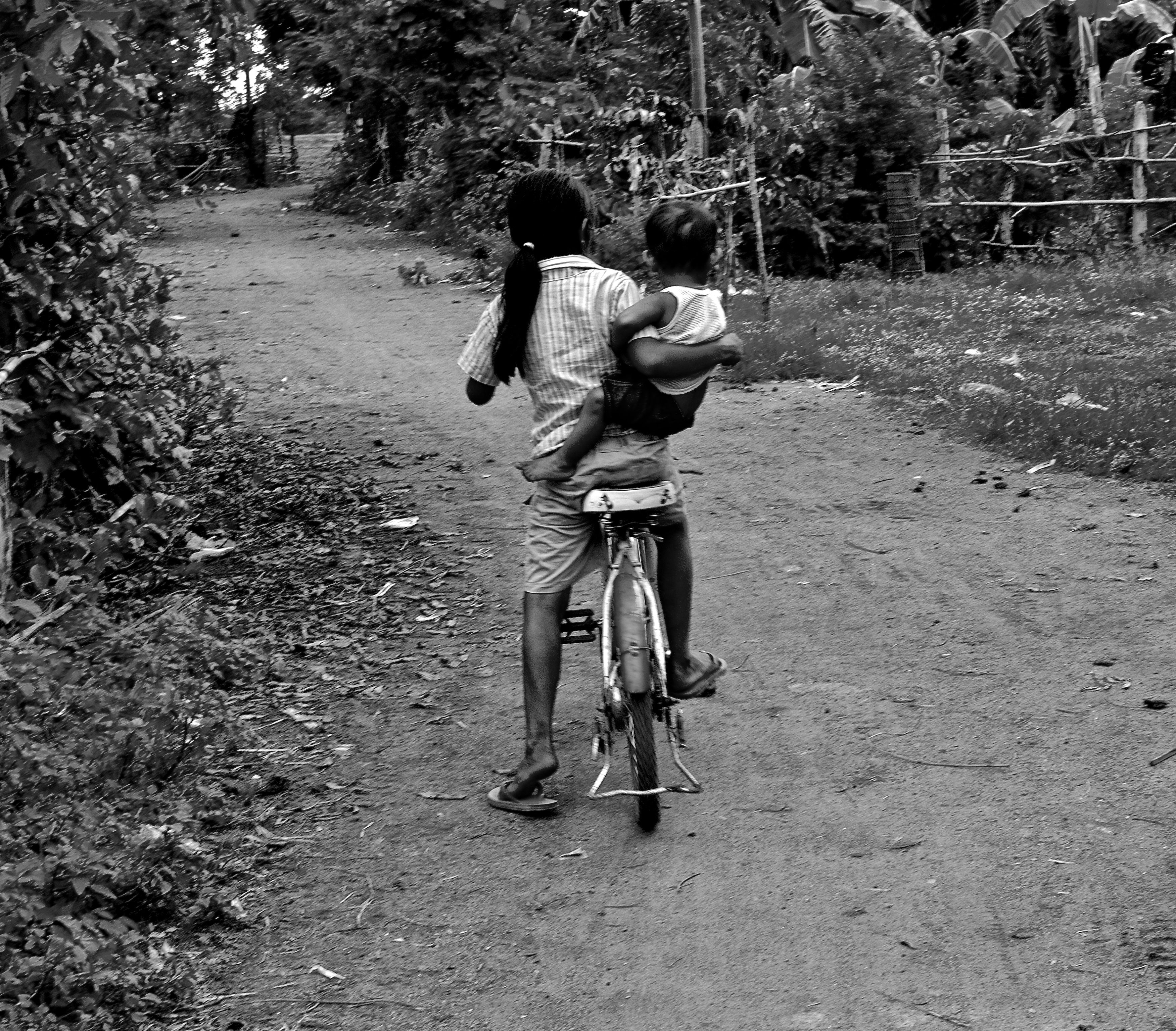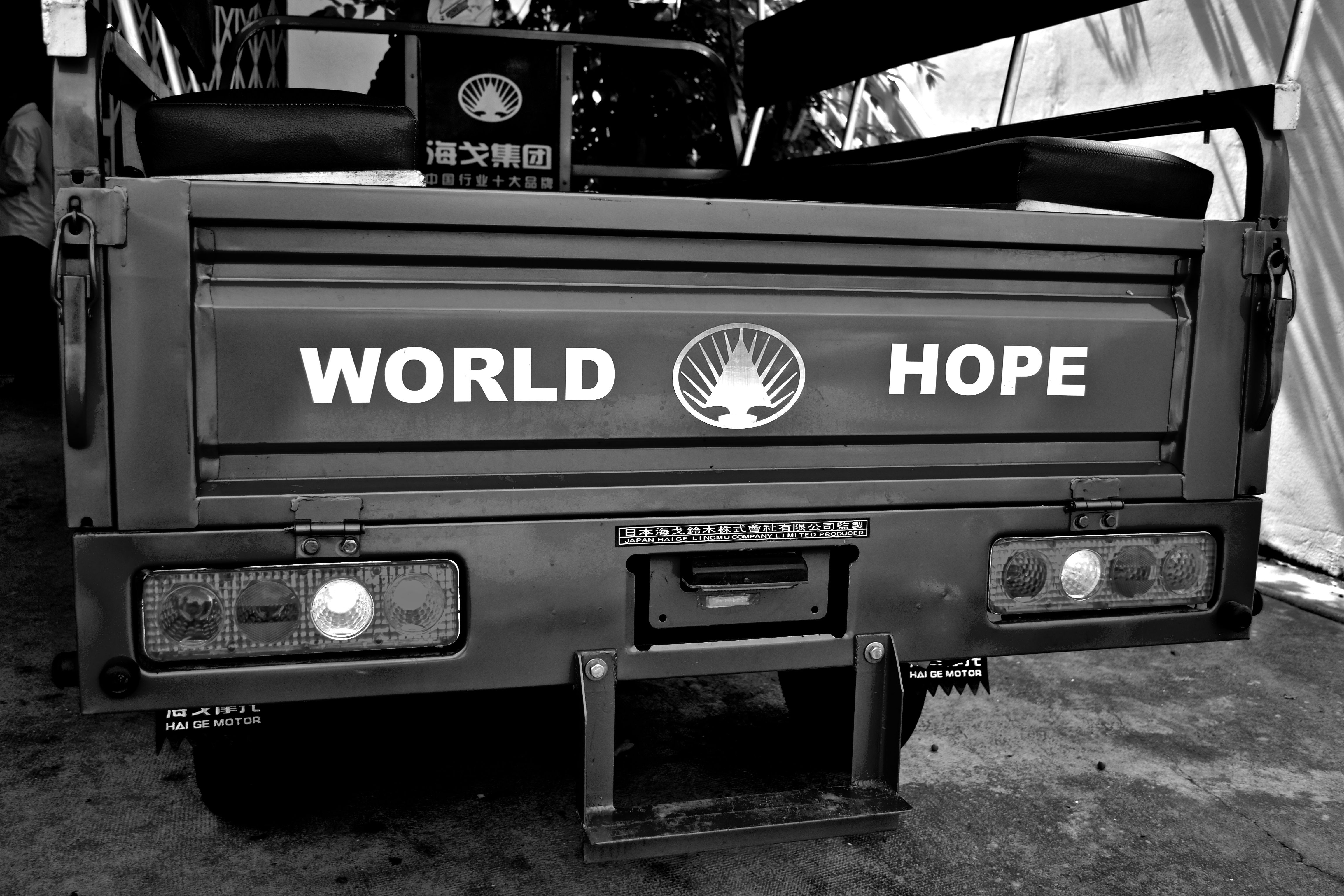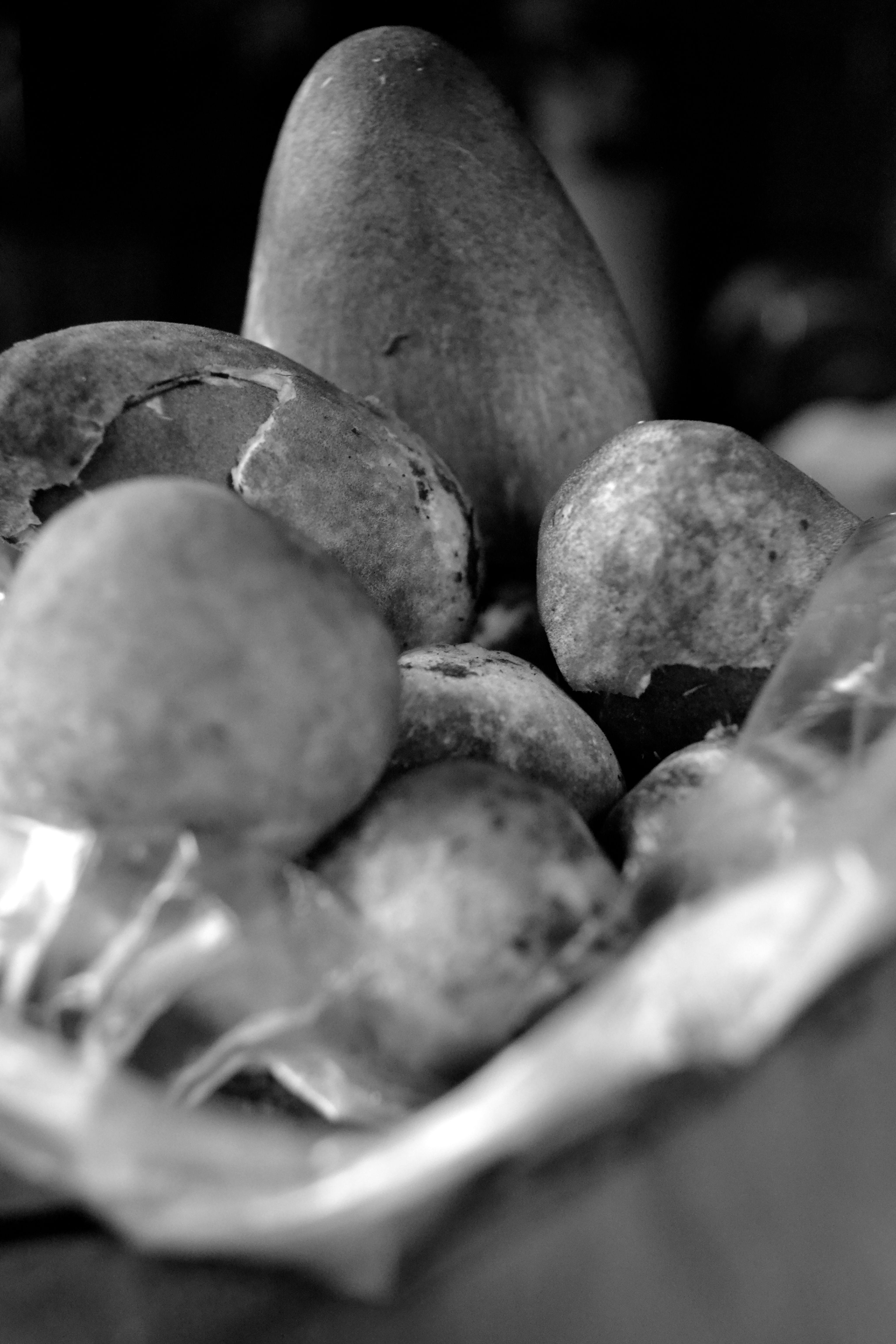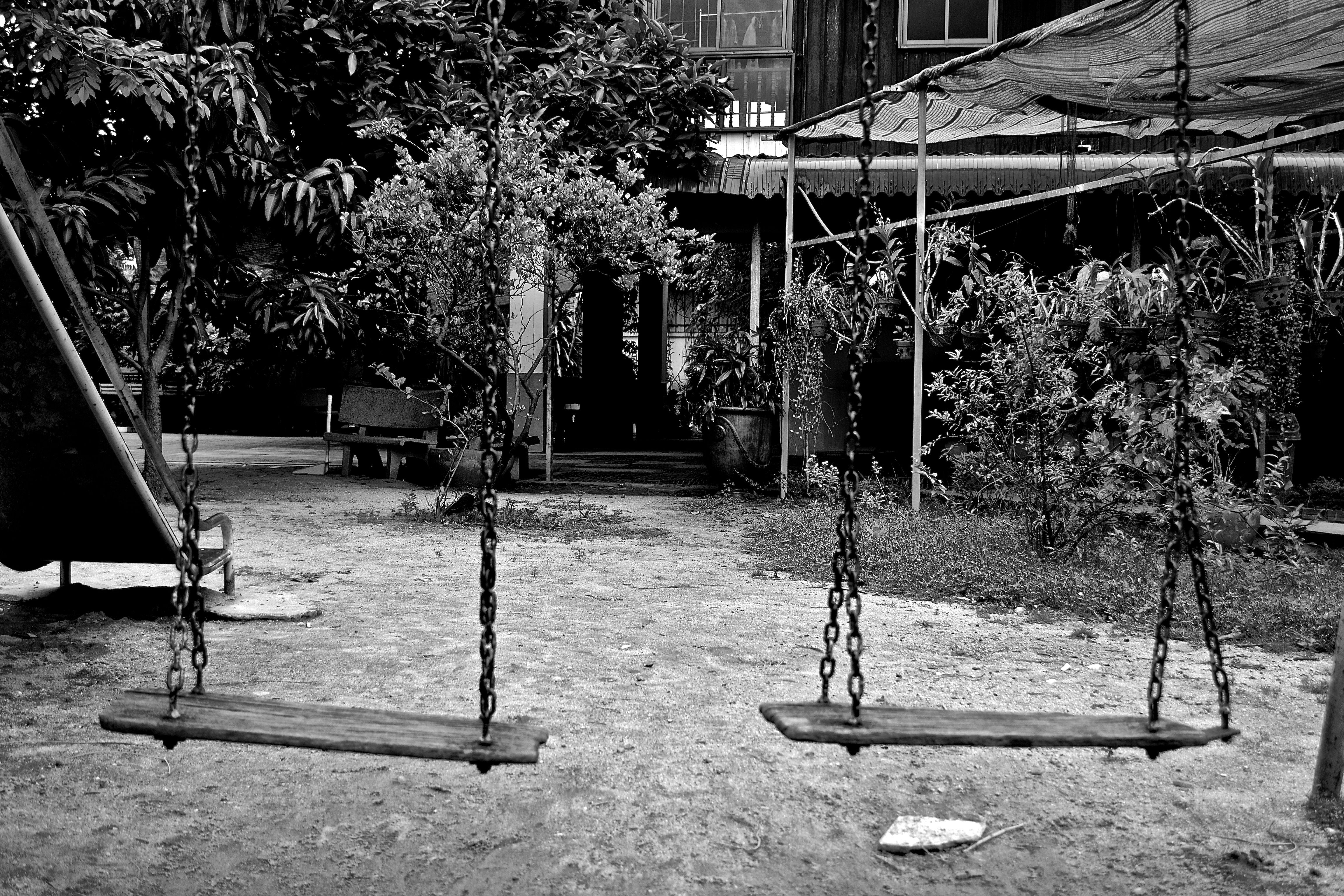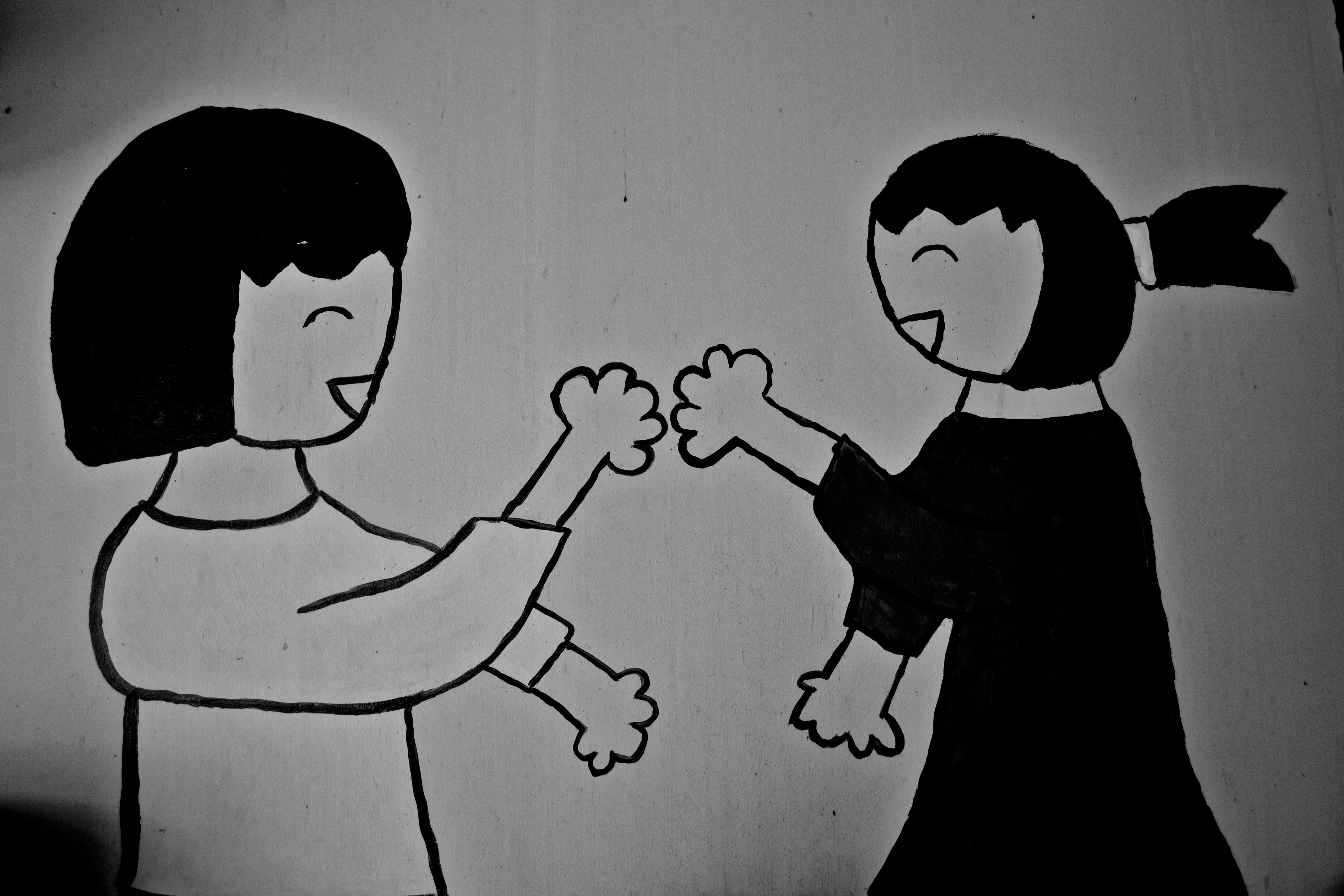Beginning in the 9th century, the Khmer Empire ruled the bulk of Southeast Asia. The great Hindu temple Angkor Wat and its surrounding cities, in what is modern-day Cambodia, were the economic and religious center of a bustling empire.
During the 15th century the empire and the temples fell into ruin and the nation later found itself a battleground between Thailand and Vietnam.
Set on returning Cambodia to an entirely self-dependent state, Pol Pot, leader of the Khmer Rouge (the Communist party in Cambodia) took over the kingdom on January 1, 1975. His regime desecrated many of the nation’s holy sites and oversaw the deaths of between one and three million people. The effects of Pol Pot’s regime can still be felt in Cambodia today; it has set the nation’s development back several decades.
Many of Cambodia’s rural poor live in much the same manner as their ancestors of the Angkor Period. With these families often making less than $1,000 per year, young women and girls are often at risk of being trafficked to other cities or surrounding countries.
NGOs from around the world are stepping in to aid in economic development and the promotion of social justice. By providing micro-loans, job training, education and counseling, they give hope to those who have been victims—and for those most a brighter hope for the future.
